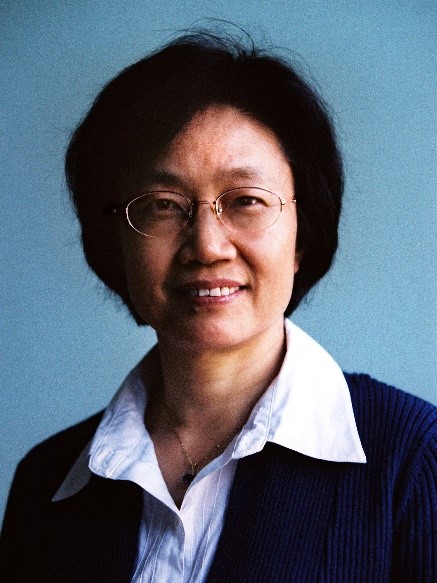
Yingjun Wang has worked in the area of biomedical materials for more than 30 years. She developed a group of novel biomedical materials for tissue regeneration and repair, and achieved a successful transition from bench to clinic. Particularly, she obtained multiple original achievements in biomedical materials research on bone regeneration and their clinical application. Her products made the regeneration of weight-bearing bone come true and help thousands of patients avoid amputations and promote their quality of life.
1. She studied the bio-responsive mechanisms of the material-tissue interactions at a molecular or genetic level comprehensively and systematically. She firstly proposed the ‘Bio-adaptation Theory” to guide Biomimetic construction of the biomedical implantable materials.
2. She recreated the micro/nano ordered structure in human bone in in vitro models. She invented the limited space template biomimetic technique and developed bioactive calcium phosphate (CaP) nanomaterials with bone-like ordered structures, which can induce the osteogenic differentiation of stem cells and enhance the bone regeneration.
3. She invented the three-dimensional pore structure nonuniform distribution control technique and developed highly bioactive implants with precisely controllable hierarchical-pore structure for bone regeneration, which can stimulate the angiogenesis and bone regeneration. Related products have been issued 2 Registration Certificates for Medical Devices by CFDA and applied to more than 150,000 patients in over 400 Chinese hospitals. Her products help thousands of patients avoid amputations and promote their quality of life.
4. She systematically studied the biological properties of material surfaces and invented multiple techniques for the construction of functionalized material surfaces. She developed a series of materials with antibacterial, anticoagulant or bioactive properties and materials for blood purification. Some of these products have been approved and currently used in the clinic.
5. She developed a whole set of technologies for precision custom repair based on integrated imaging information technology, computer simulation technology, 3D customization technology and the biomimetic fabrication technology for implants. Via these technologies, the lesions of the complicated refractory cases can be precisely identified, the surgery model can be promptly set up, the implants and related surgical guides can be customized. Currently, this set of technologies have been introduced into many hospitals and applied to more than 3000 refractory cases which unable to be treated by traditional surgeries.
6. She promoted the development of biomedical material industry and earn the government support. She set up an Industry-Education-Research collaborative innovation center which is composed of 24 hospitals and 32 enterprises of biomaterials and medical device. Her full chain developing model with ‘Biomedical Materials Research- Industrialization- Clinical Application’ accelerated the transition from bench to clinic. She also helped multiple companies be listed on the China stock market by improving their technological competitiveness
7. She promoted international collaboration and the development of the field of biomaterials. During her presidency of China Society for Biomaterials, she made a big push to strengthen exchanges between China-USA, China-Europe, China-Korea communities by jointly holding international conferences and various topic forums and enhancing the communication and cooperation between researchers and entrepreneurs worldwide. Because of her outstanding academic impact and fruitful outcomes, she was unanimous elected President-elect (2020-2021) of China Society for Biomaterials by the council.